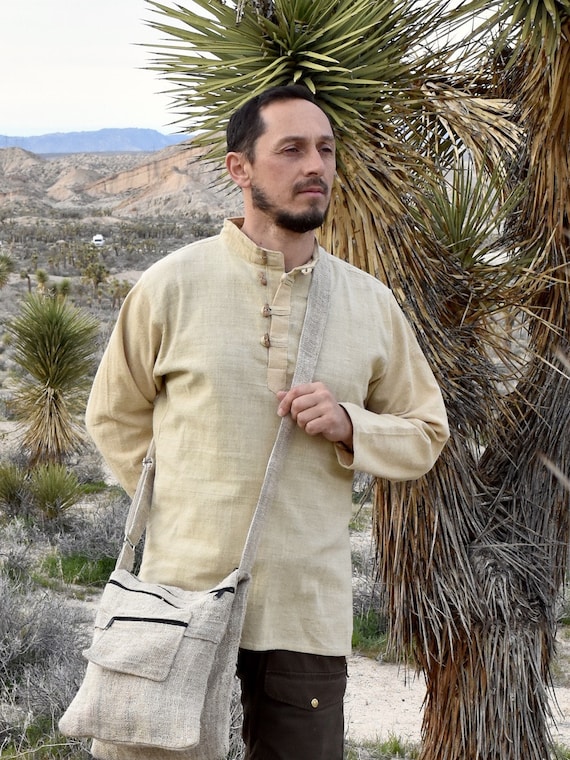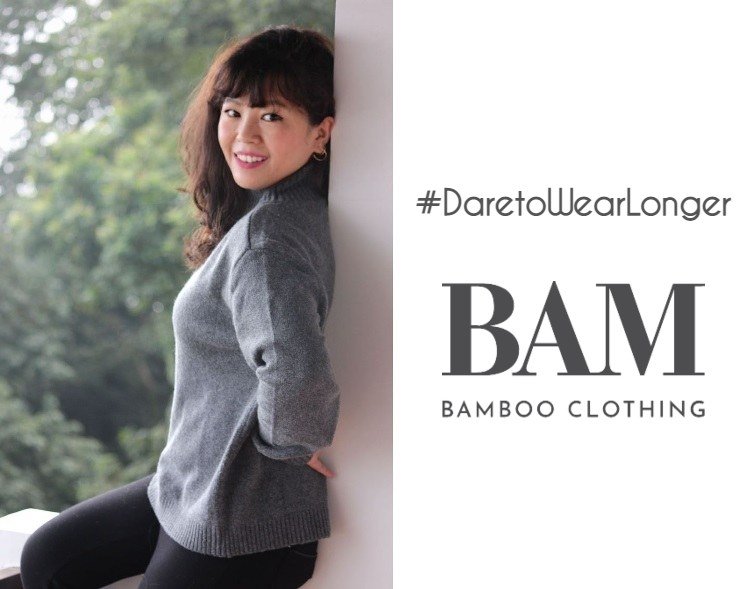Top Ideas To Deciding On Bamboo Clothing
Wiki Article
What Are The Differences Between Hemp And Cotton With Regard To Water Consumption, Pesticides And Herbicides, Etc.?
There are several reasons why hemp is regarded as a sustainable plant if you compare it to cotton with regard to water usage as well as insecticides and herbicides.
Hemp Hemp is known as a crop with lower water needs than cotton and other crops. It is believed to be an herb that flourishes under little or no irrigation. In many areas, hemp can be grown with rainwater only. This makes it an efficient water choice.
Cotton- Traditional textiles are notorious for their high water consumption. Cotton farming typically requires large amounts of irrigation. This can deplete local resources and cause water shortage in areas that have little water. Cotton farming's water-intensive nature has led to concerns about its sustainability.
Pesticides, Herbicides
Hemp- Hemp is naturally resistant to diseases and pests, which means that it is less requirement for synthetic herbicides and pesticides. Some hemp plants may require some pest control measures. However, the overall use of chemical inputs in many crops is lower than cotton, for instance. Organic hemp cultivation can be practically pesticide-free.
Cotton farming - Traditional cotton farming heavily rely on synthetic herbicides, pesticides and weed killers to manage pests. Chemicals used to control weeds and pests may have negative effects on the environment, including soil contamination and water contamination. They can also cause harm to non-targeted species, and can lead to pesticide-resistant pests.
In the end hemp is more sustainable than cotton, in terms of pesticides, herbicides, water use and irrigation.
Hemp can be grown using minimal water, rainwater or irrigation.
The natural resistance of hemp to pests decreases the need to use synthetic pesticides.
Hemp farming uses fewer synthetic pesticides, herbicides, and fertilizers than cotton.
Nevertheless, it is important to know that sustainable and eco-friendly methods can vary between growers and various regions. In addition, organic methods of farming can further enhance the sustainableness of hemp and cotton as they decrease the use of synthetic chemicals and promote soil health. In assessing the environmental impact of clothing and textiles, using organic fibers like hemp or cotton could help reduce the fashion industry's ecological footprint. Have a look at the recommended https://www.koraoutdoor.com/blogs/all/unveiling-natures-performance-hemp-activewear for site tips including afends jesse dress, hemp coat, hemp apparel fabric, hemp jeans mens, hemp shirts, hemp long sleeve shirt, 100 hemp clothing, hemp shirts, afends jesse dress, hemp fabric by the yard and more.

What Are The Benefits Of Hemp Fibers Breathable, Moisture-Wicking And Thermoregulatory Properties?
Hemp is a unique material with distinct structural and chemcial characteristics that make it breathable, thermoregulating, moist-wicking, and wicking characteristics. These properties are due to the following elements. Microscopical structure- Hemp is characterized by hollow, porous fiber that allows air flow within it. The porosity inherent in hemp makes it extremely air-tight. When they are woven into fabric the structure lets air flow through. This encourages circulation and reduces the accumulation of heat and moisture against the skin.
Wicking and Moisture Absorption- Hemp fibers are hydrophilic and possess a strong affinity to water and absorb moisture readily. The hemp fibers are able to absorb sweat, moisture and eliminate the sensation that your skin feels wet. Hemp fibers can also wick the body of moisture by dispersing the moisture over an extensive surface that makes it easier to evaporate the moisture faster. The moisture-wicking properties keep you comfortable and dry when working out or during hot weather.
Thermoregulation- Hemp fibers possess natural insulating properties. They can entrap warmth close to the skin when it is cold. They also let moisture and excess heat to escape during hot temperatures, which can help you to cool down. The inherent thermoregulatory properties of hemp clothing makes hemp clothing suitable for a variety of temperatures.
Hemp fibers are naturally antimicrobial properties that can help in preventing the growth and spread of odor-causing bacteria. This attribute contributes to the freshness and odor-resistant properties of hemp clothing, even during times of intense physical activity.
Hemp fibers can be robust and durable, so hemp clothing will not be able to breathe. The durability of hemp clothing can extend its lifespan, reducing the need for replacement as well as the environmental impact.
UV Protection- Hemp fibers provide a degree of organic UV protection, shielding the skin from harmful ultraviolet radiation. This UV-blocking ability adds to hemp clothing's versatility which makes it ideal for activities outdoors.
It is important to note that the qualities of hemp are intrinsic and not dependent on additives or chemical treatment. The natural properties of hemp are an environmentally friendly and comfortable option to wear clothing, specifically for activewear, outdoor wear and warm-weather clothing. In addition, these attributes remain the same even after hemp fibers are transformed into textiles. Follow the best hemp clothing info for more recommendations including hemp mens jeans, hemp tee shirts, hemp athletic wear, 100 hemp clothing, jungmaven t shirt, hemp fleece fabric, hemp sweater, clothes made from hemp, jungmaven clothing, hoodlamb coat and more.

What are the differences between bamboo and hemp fibers?
There are numerous differentiators between bamboo and hemp and bamboo, as well as their distinct characteristics. These are the main differences between bamboo and hemp fibers. Plant Source-
Hemp- Hemp fibres are formed from the outer layer of stalks. Hemp is a versatile and fast-growing plant that has been used for a variety of purposes for centuries.
Bamboo- Bamboo fibres are produced by the cellulose of bamboo plants. Bamboo is recognized as grass that grows with rapid growth and for its ability to regenerate rapidly.
2. Fiber Characteristics
Hemp- Hemp fibres are recognized as strong and durable. They are strong natural fibers that become softer and softer after washing, which makes them perfect for the production of long-lasting textiles.
Bamboo fibers can be silky and soft. Although they aren't as strong as hemp fibres and may be more fragile in certain instances, their comfort on the skin is greatly appreciated.
3. Texture and Feel
Hemp- Hemp has a slightly coarse texture, especially in its natural form. It's soft, but its texture is distinct from bamboo.
Bamboo- Bamboo fabric is smooth, silky, and luxuriously soft. It is described as having the feel of silk and cotton.
4. Breathability is important in addition to moisture wicking.
Hemp- Hemp fibres are naturally water-wicking, breathable and allow air circulation. They absorb moisture and allow for air circulation. They help you stay cool and drier in hot temperatures.
Bamboo is also highly permeable, and it is able to wick away water. They also have micro-gaps which increase their capacity to regulate moisture and temperature, which keeps you comfortable in various conditions.
5. Environmental Impact-
Hemp Hemp can be considered an environmentally friendly fiber due to due to its rapid growth rate, its low water needs, and resistance to insects. These attributes help reduce the need for herbicides or pesticides. It is also able to sequester carbon during its growing process.
Bamboo- Bamboo is known for its sustainability. It grows quickly, requires less water, and is able to be cultivated without pesticides or herbicides. Certain species of bamboo, such as Moso Bamboo, are considered to be extremely sustainable.
6. Processing-
Hemp- Hemp fibers must be processed extensively to separate the outer bast fibers from their inner core. Processing may include retting or decortication.
Bamboo- Bamboo fibers can be made by a chemical known as the viscose or rayon process. This involves the use of chemical substances to degrade the bamboo fiber. This can be damaging for the environment if it is not handled responsibly. However, certain bamboo fabrics use closed-loop systems that reduce chemical waste.
7. Versatility-
Hemp Fibers Hemp fibers have a variety of applications, including clothes, textiles, paper, and building materials.
Bamboo fibers are used in many products, including towels and bedding.
In sum Both bamboo and hemp have distinct qualities and sustainability benefits. The choice between them depends on the characteristics you look for in a cloth and also your preference for the environment. View the top bamboo clothing recommendations for more recommendations including bamboo athletic wear, bamboo ladies pants, bamboo yoga leggings, bamboo button down shirts, bamboo long sleeve shirt, bamboo pants for women, cheapest bamboo pajamas, bamboo infant clothing, bamboo hawaiian shirts, bamboo yoga trousers and more.
